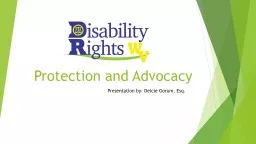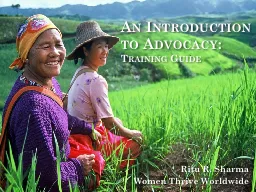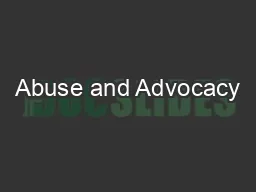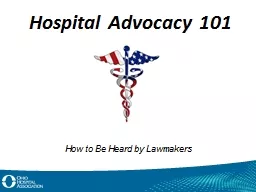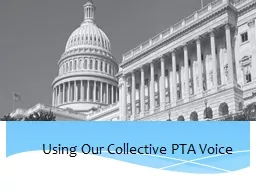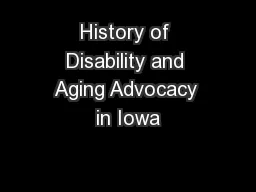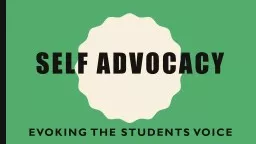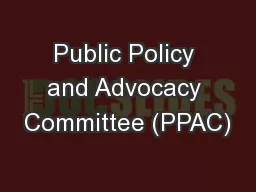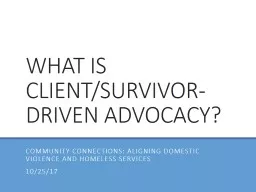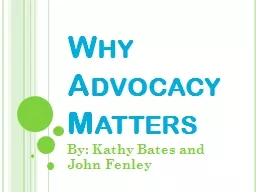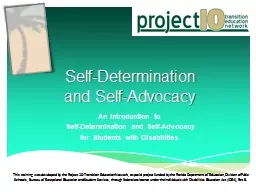PPT-Protection and Advocacy
Author : collectmcdonalds | Published Date : 2020-08-07
Presentation by Delcie Gorum Esq What is a PampA In 1975 congress mandated that each state have a Protection and Advocacy PampA System to protect the rights and
Presentation Embed Code
Download Presentation
Download Presentation The PPT/PDF document "Protection and Advocacy" is the property of its rightful owner. Permission is granted to download and print the materials on this website for personal, non-commercial use only, and to display it on your personal computer provided you do not modify the materials and that you retain all copyright notices contained in the materials. By downloading content from our website, you accept the terms of this agreement.
Protection and Advocacy: Transcript
Download Rules Of Document
"Protection and Advocacy"The content belongs to its owner. You may download and print it for personal use, without modification, and keep all copyright notices. By downloading, you agree to these terms.
Related Documents

